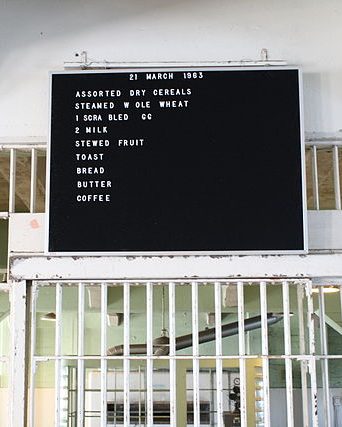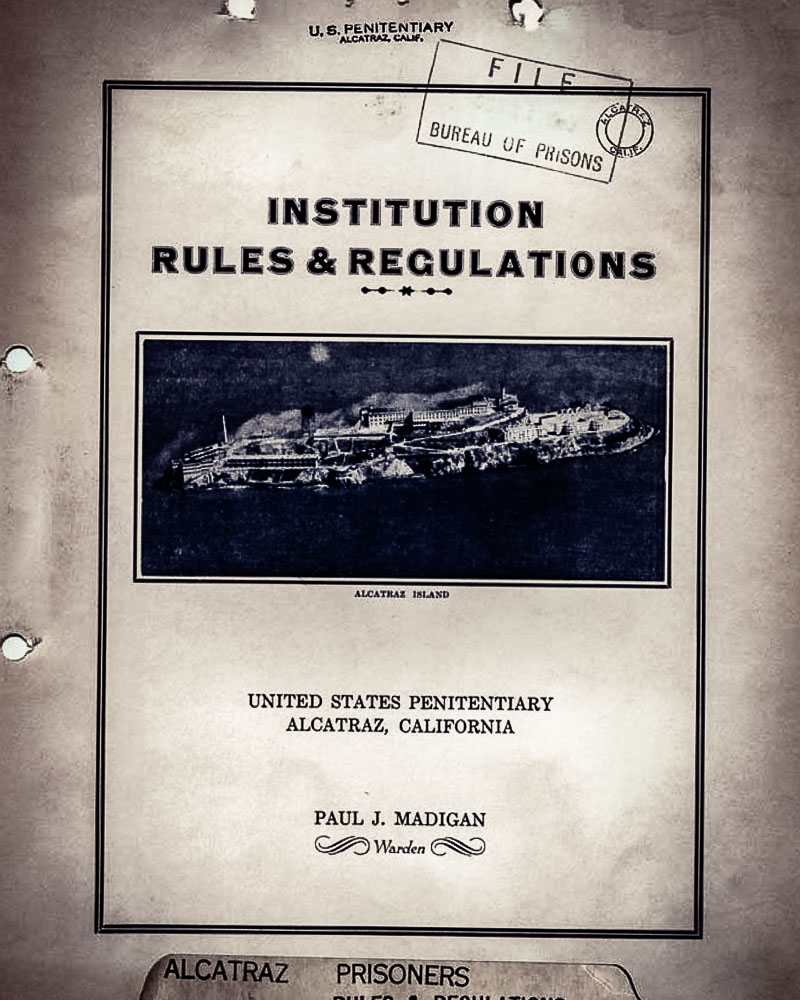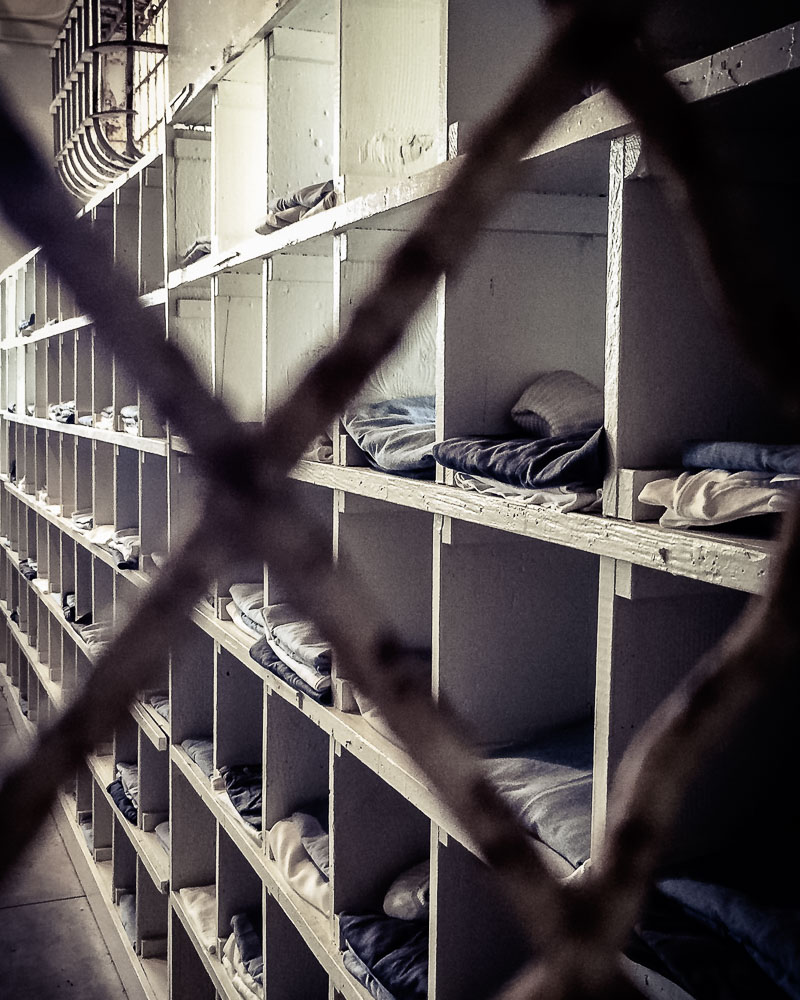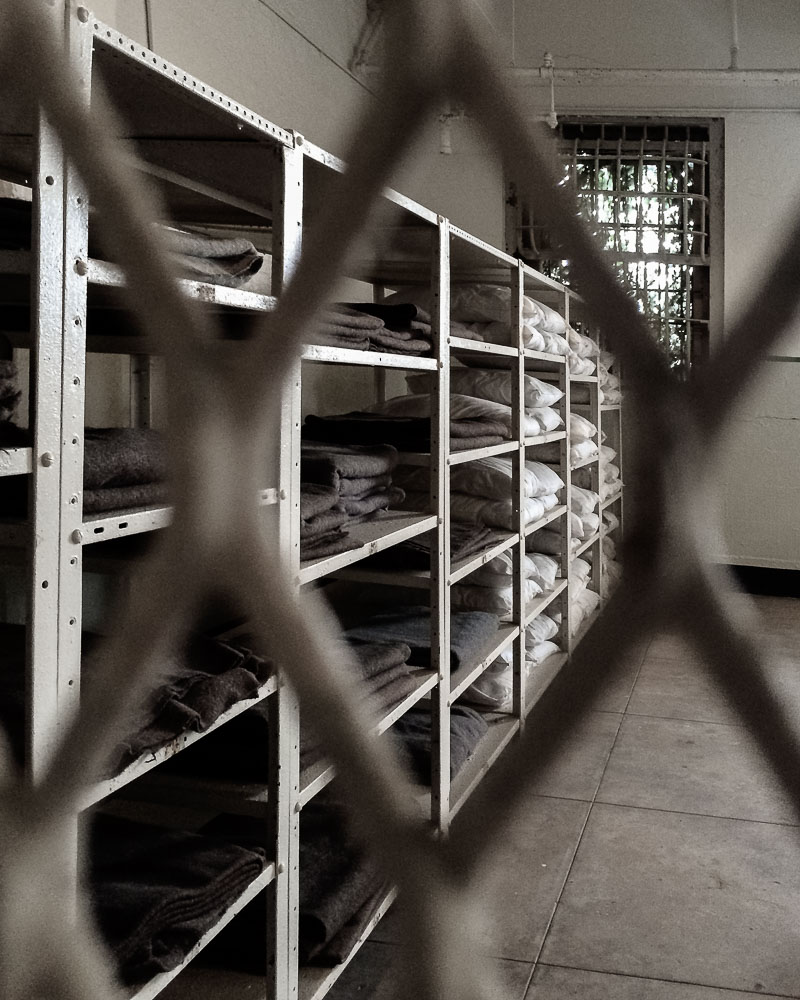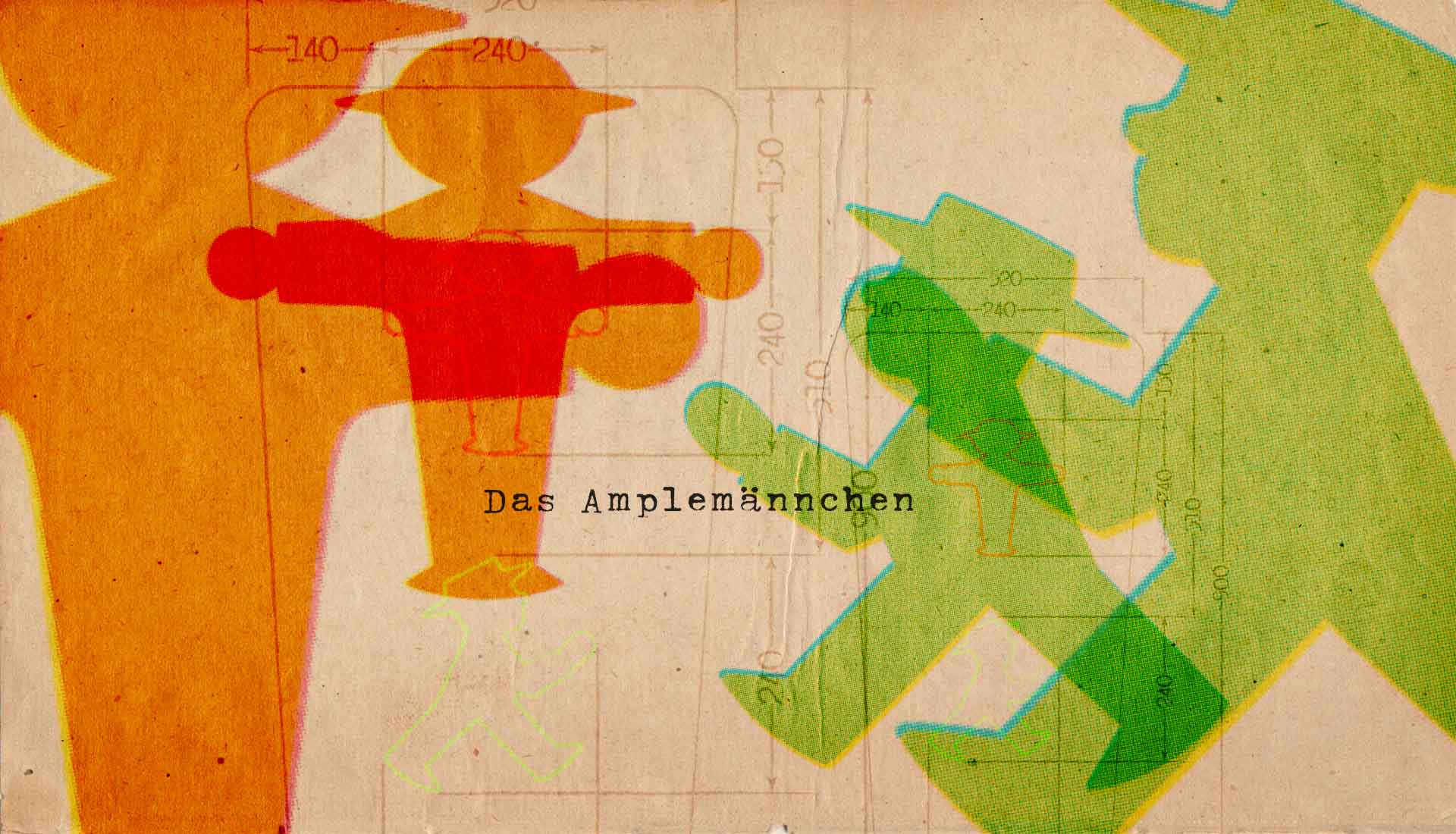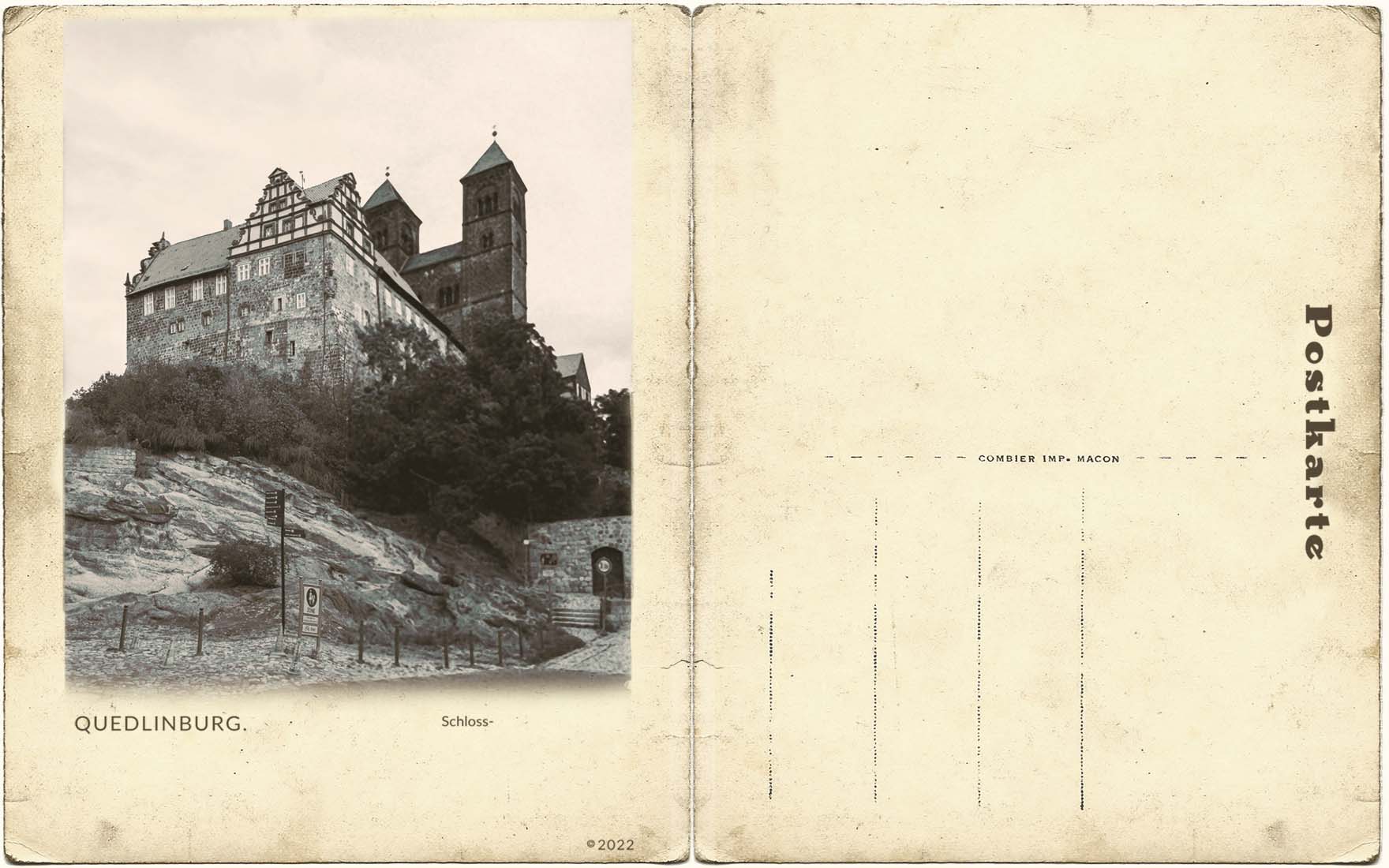he first place that an inmate would encounter at Alcatraz as they arrive is the clothing room where they will be issued their articles of clothing. This is also the first room I encounter upon entry into the cellhouse. I can just imagine the newly arriving inmates standing here to collect their new articles of clothing before being ushered to their cell.
Inmates will be issued on arrival:

Each cell comes with a copy of the very strict institution rules and regulations that must be kept in the cell at all times and followed to the letter.
Keep your property neatly arranged on your shelves as shown in the cell diagram...
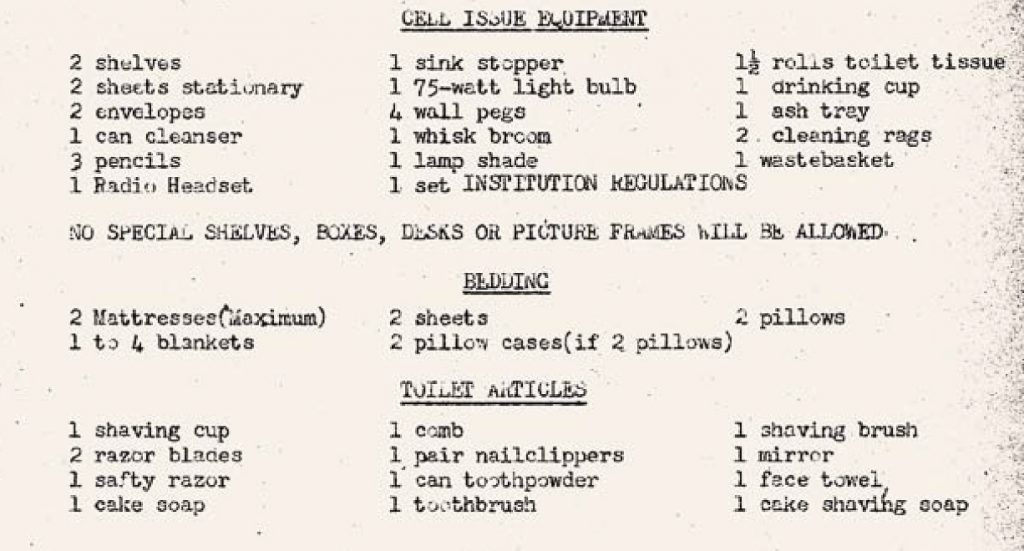
Don’t leave things stacked on the bars or on your folding table and seat. Don’t paste or tack anything on the walls or shelves in your cell. Keep the floor and the bars of the cell-front free from dust and dirt. The only articles permitted on the cell floor are shoes, slippers, trash baskets, drawing boards and musical instruments…
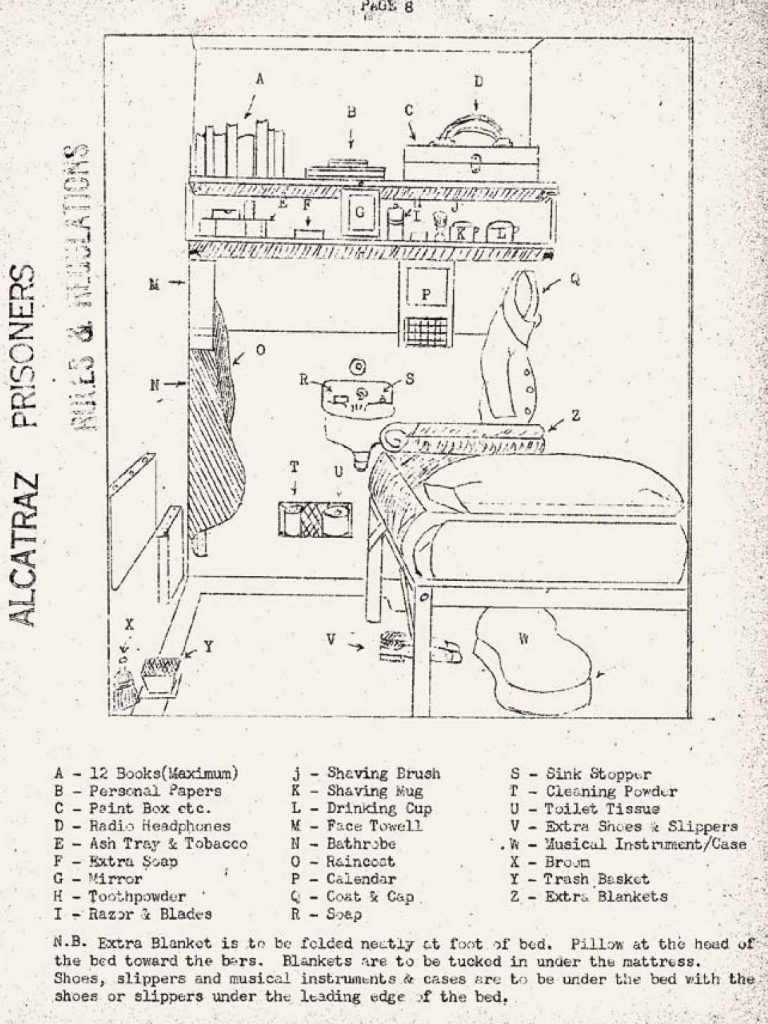
I am struck by how absolutely tiny the cells are. I knew that prison cells were not very large, however, the absolute smallness of the living quarters was astounding. I think it is the difference between actually seeing the space instead of visualizing the space in my mind based on measurements.
Cells in B & C blocks were 5′ X 9′ X 7′ (1.5 meters X 2.7 meters X 2.1 meters) and had a small sink (cold water only), a cot, and a toilet. A meager existence indeed. Hot water was not installed until the early 1960s.
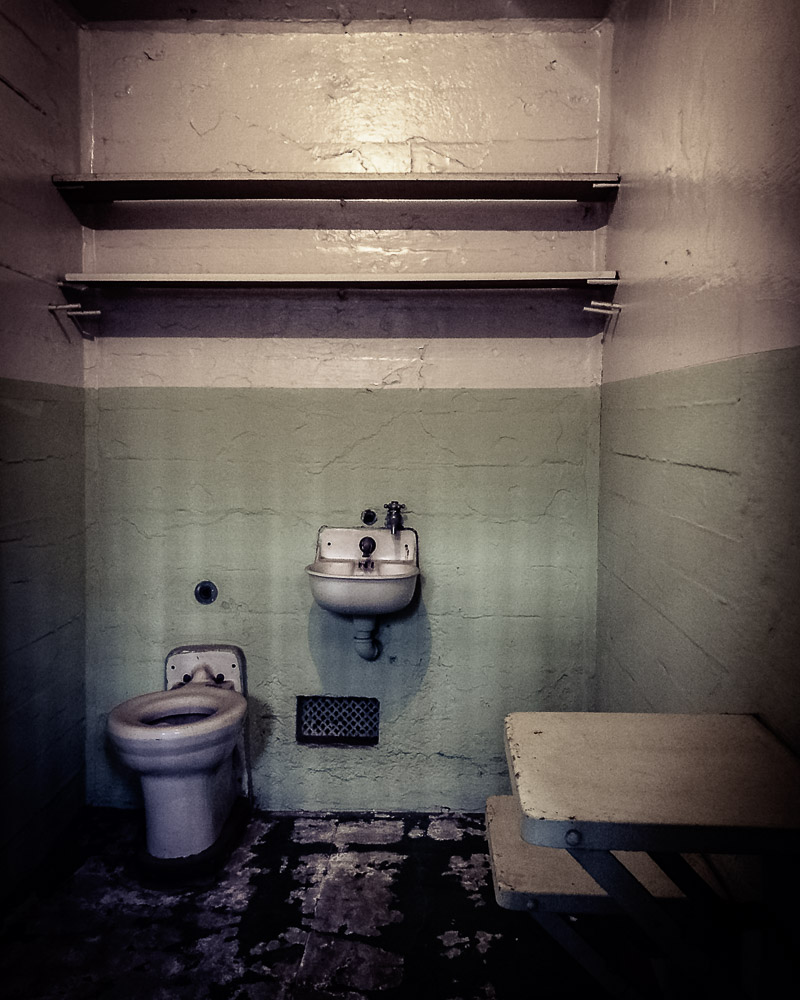
Cells were paired…this allowed for quiet conversation between inmates.
In earlier years there was a strict code of silence but by the 1950s this had relaxed and talking was permitted in the cellhouse and dining hall provided conversations were quiet and there was no shouting, loud talking, whistling or singing.
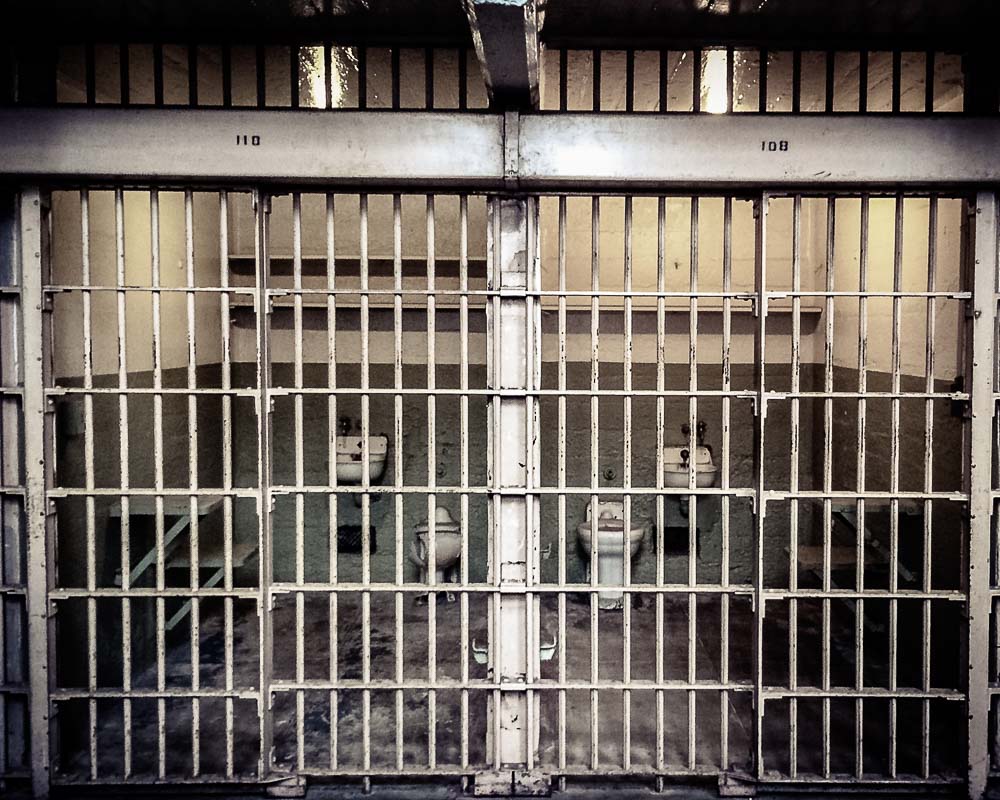
Prisoners would be woken at 6:30 am, and sent to breakfast at 6:55 am. After returning to the cell, inmates then had to tidy their cell and place the waste basket outside. At 7:30 am, work started in the shifts for those privileged enough to do so, punctuated by a whistle, and prisoners would have to go through a metal detector during work shifts. If assigned a job, prisoners had to accept that line of work.
Smoking, a privilege, was permitted in the workplace providing there wasn’t any hazardous condition, but inmates were not permitted to smoke between the recreation yard and work. Lunch was served at 11:20 am, followed by a 30-minute rest in the cell, before returning to work until 16:15.
Dinner was served at 16:25 and the prisoners would then retire to their cells to be locked in for the night at 16:50. Lights went off at 21:30. After being locked in for the night, 6 guards usually patrolled the four cell blocks.
Many prisoners have compared their duration at Alcatraz to hell and would have preferred death to continued incarceration.
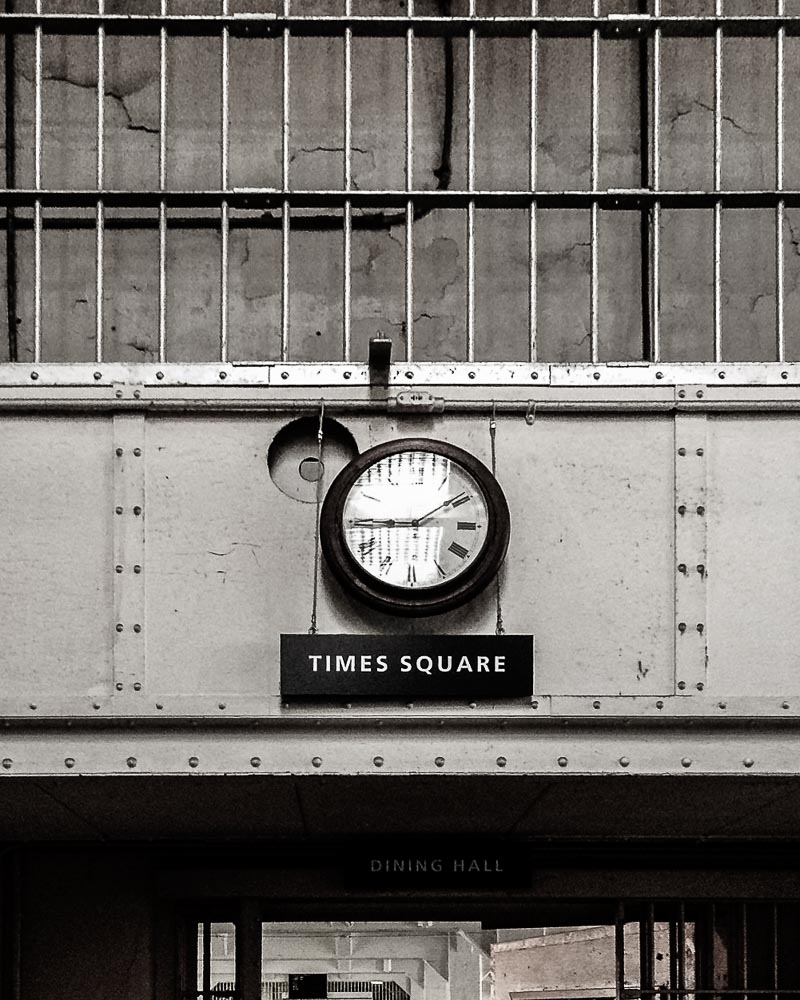
Dining hall protocol was a scripted process, including a whistle system to indicate which block and tier of men would move into and out of the hall at any given time, who sat where, where to place hands, and when to start eating. Prisoners would be awakened at 6:30, and sent to breakfast at 6:55.
The original daily menu, established in 1934, included oatmeal, milk, fried bologna sausage, cottage fried potatoes, toast, oleomargarine, and coffee for breakfast. Dinner contained bean soup, roast beef, gravy, string-less beans, mashed potatoes, and coffee. “Supper” was a meal that had pork and beans, cornbread, potato salad, apricots, bread, oleomargarine, and coffee.
Dinner was served at 16:25 and the prisoners would then retire to their cells at 16:50 to be locked in for the night. Inmates were permitted to eat as much as they liked within 20 minutes, provided they left no waste. Waste would be reported and may make the prisoner subject to removal of privileges if they made a habit of it.
